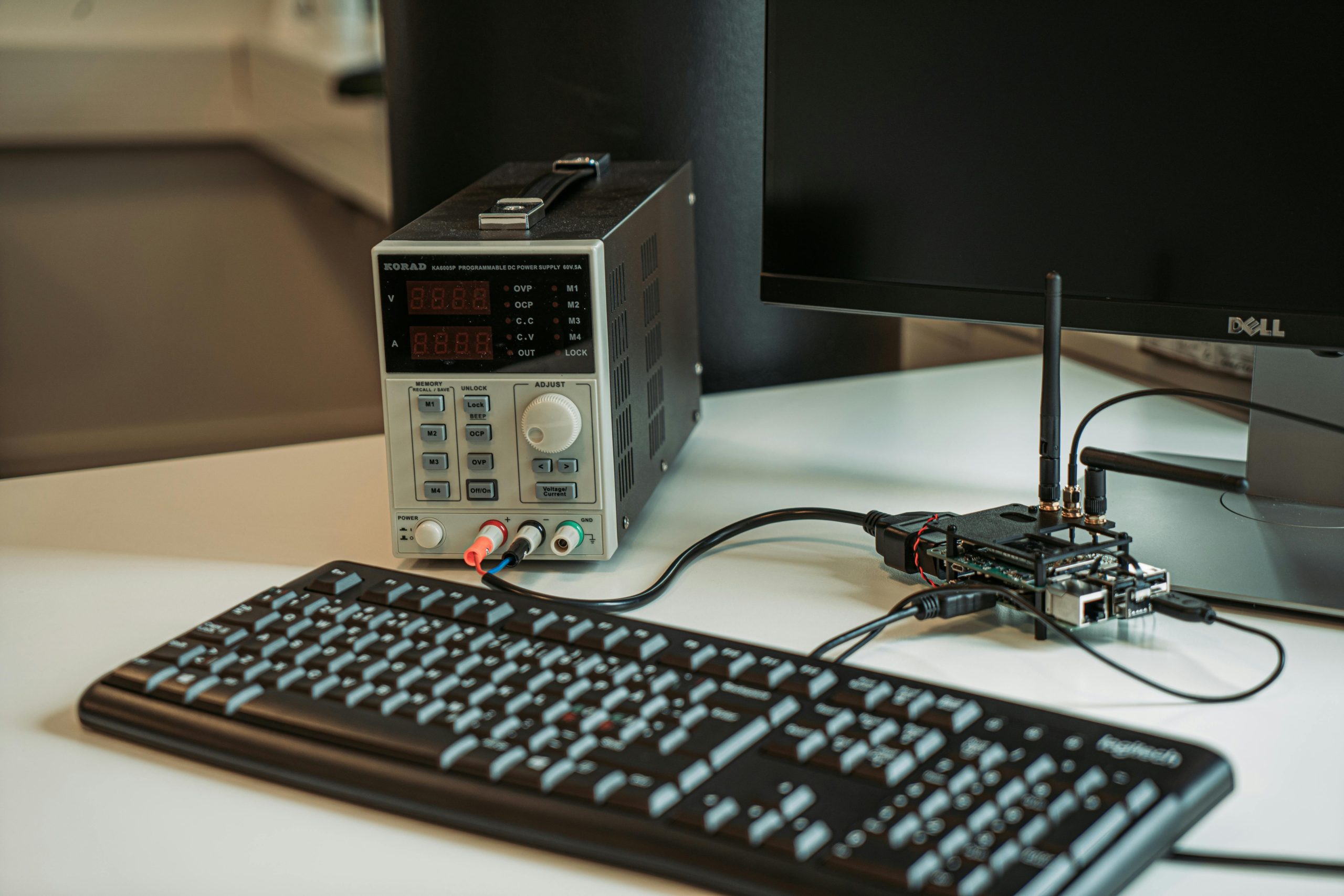The Unseen Battlefield: How Elon Musk’s Remark Forces a Mandate for Systemic Security Overhaul in 2025

The technology sector, the engine of modern economic power and national security advantage, operates under a constant, evolving barrage of threats. In the latter half of 2025, a seemingly lighthearted, yet instantly viral, social media comment by Elon Musk served not as a distraction, but as a sharp, undeniable crystallization of this threat environment. His reaction—a pithy retort of “If she’s a 10, you’re an asset” to a report alleging foreign spies were waging “sex warfare” in Silicon Valley—has inadvertently mandated a turning point for every organization handling sensitive intellectual property (IP).
This confluence of high-profile commentary and alarming investigative reports signals a mandatory turning point for all organizations handling sensitive intellectual property. The events of late twenty twenty-five illustrate that the defense of innovation requires a holistic strategy that addresses technology, process, and, most importantly, human psychology. The reality exposed by The Times (UK) exposé, which forms the backdrop to Musk’s viral moment, is that the human element—the trusted colleague, the promising new investor, the romantic interest—has become the most sophisticated and lowest-resistance entry point for hybrid espionage tactics.
The Catalyst: “If She’s A 10” and the Human Vector of Espionage
To understand the systemic overhaul required, one must first grasp the gravity of the human-centric threat that Musk’s comment drew attention to. This is not a new problem in the realm of intelligence, but its modernization and application against high-value, data-rich technology firms represent a critical escalation.
Anatomy of the “Sex Warfare” Report
The core of the recent alarm stems from a detailed investigation published by The Times, which alleged that intelligence agencies, primarily from China and Russia, have significantly escalated operations targeting American innovation hubs, including Silicon Valley and Seattle. The strategy detailed moves beyond traditional clandestine meetings to actively cultivate deep personal or romantic relationships with engineers, executives, and defense contractors who possess access to cutting-edge research, defense technology, and proprietary artificial intelligence projects.
- The Target Profile: High-value individuals with access to trade secrets, R&D roadmaps, and critical IP.
- The Tradecraft: Operatives allegedly pose as entrepreneurs, investors, or potential romantic partners to build long-term trust, sometimes leading to marriage and family formation as the ultimate cover.
- The Environment: Experts quoted in the report described the environment as “the Wild West,” noting that the combination of high reward (access to next-generation tech) and the generally open culture of the tech sector creates a fertile ground for such infiltration.
- Adversarial AI Application: Threat actors are using generative AI to scale social engineering attacks, automate lateral movement within compromised networks, rapidly discover unknown vulnerabilities, and create sophisticated deepfake content for deception.
- The Need for Anticipation: This rapid evolution forces defenders to shift away from reactive, signature-based detection toward behavior-based, anticipatory defense models that can adapt in real-time to threats whose tactics are constantly changing.
- Zero Trust Architecture (ZTA): The concept of implicit trust based on network location is obsolete. ZTA, which mandates continuous, identity-first verification, has become foundational. Gartner research indicates that over 60% of organizations will embrace Zero Trust as a starting point for security by 2025, and this is increasingly driven by regulatory mandates across global jurisdictions. However, the challenge remains immense, with predictions suggesting many will fail to realize the benefits due to complexity and cultural resistance, underscoring the need for simplified, integrated deployments.
- Post-Quantum Cryptography (PQC): The maturation of quantum computing poses an existential threat to current encryption standards. Organizations must be actively inventorying where encryption is used and developing transition plans to modern, quantum-resistant standards, a process that is now being driven by governmental mandates.
- Professional Network Scrutiny: Audits must review patterns of interaction on professional platforms (like LinkedIn) for unusual, coordinated contact from entities potentially linked to foreign business interests, as this is a noted infiltration vector.
- Behavioral Risk Correlation: Utilizing advanced Human Risk Management (HRM) platforms, organizations must correlate observed high-risk behaviors (e.g., excessive data access outside normal hours, high engagement with unknown external parties) with technical indicators to flag potential compromise attempts that begin with personal rapport.
- Supply Chain Vetting: Given the surge in supply chain attacks, vendor risk management must include stringent assessments of third-party personnel access protocols and background visibility, linking vendor contracts to national security standards.
This coordinated effort is viewed by some former security analysts as a deliberate component of China’s broader economic warfare strategy, utilizing what the report termed “sex warfare” to extract secrets with an asymmetric advantage over Western agencies constrained by ethical and legal frameworks.
Musk’s Remark: Trivialization or Critical Warning?
Elon Musk’s response—posting the headline alongside the caption, “If she’s a 10, you’re an asset”—immediately transformed a serious intelligence warning into a viral cultural flashpoint. While some online commentary mocked the simplification, many security professionals recognized the underlying, albeit crudely delivered, cautionary message. The remark served as a blunt instrument to highlight that in the modern espionage landscape, the most critical asset is often the unsuspecting employee, and the most dangerous vector is often personal connection, not a zero-day exploit.
Beyond the Digital Perimeter: The HUMINT Resurgence
The threat detailed is fundamentally a resurgence of classical Human Intelligence (HUMINT) collection, adapted for the digital age. While cyber espionage—hacking, malware, and data exfiltration—dominates headlines, the sophistication of technical defenses has forced adversaries to pivot toward human exploitation. In 2025, where the U.S. economy faces estimated annual losses from IP theft ranging between $225 billion and $600 billion, with technology firms bearing over one-third of all incidents, the cost of a single successful human-led breach is immeasurable against national competitiveness. Furthermore, AI is now massively scaling the effectiveness of these human-centric attacks; AI-driven phishing, for instance, is reported to outpace traditional scams by more than four times in click-through rates, confirming that the human mind remains the ultimate exploitable vulnerability.
Mandates for the Future: Evolving Security Paradigms in 2025
The events of late 2025, underscored by Musk’s commentary, mandate that organizations dealing with critical IP—from defense contractors to foundational AI labs—must immediately transition their security paradigms. The era of relying primarily on perimeter defense and basic security awareness training is unequivocally over. The security mandate for the near future must be comprehensive, anticipatory, and deeply integrated into organizational culture and technology stacks.
The AI-Accelerated Threat Landscape
Cyber threats are no longer just technical problems; they are events shaping geopolitical stability and economic outcomes, with cybercrime expected to cost the global economy an estimated $12 trillion in 2025. Adversaries are not just technical; they are increasingly leveraging generative AI to create threats that scale and adapt faster than static defenses can counter.
The Technological Imperative: Zero Trust and Quantum Readiness
Systemic security overhaul requires moving beyond technological patches to fundamental architectural restructuring. Two areas are paramount in the 2025 security roadmap for high-stakes sectors:
From Static Detection to Behavior-Based Defense
As AI powers more personalized attacks—whether digital phishing or the human-centric “honey traps” described in the espionage reports—security systems must mirror this intelligence with enhanced behavioral modeling. The goal is to establish baselines of normal activity—for data access, network traversal, and employee engagement—and use AI/ML to alert humans when these patterns deviate, driving necessary preemption. This aligns directly with the broader Human Risk Management (HRM) trend, where 68% of breaches are attributed to the human element, demanding a focus on behavior-driven insights rather than mere compliance training.
Recommendations for Systemic Security Overhaul
Moving forward, leading technology and defense contractors must adopt security frameworks that incorporate threat intelligence regarding human-centric collection methods. The following steps transform the general mandates above into actionable corporate strategy.
Diversifying Security Audits: Incorporating Human Intelligence Risk Assessment
Traditional security audits focus on firewalls, code reviews, and patch management. In 2025, this must be aggressively supplemented with audits focused on the human/social interface, a necessary response to the success of HUMINT-style operations. This involves diversifying security audits to include lifestyle and social engagement monitoring by specialized, ethical consultants, not for surveillance, but for risk assessment [cite: **input provided**].
Establishing Bureaucratic Layers for Personal Risk Reporting
Trust, while vital for a collaborative workplace, cannot be absolute when national or corporate IP is at stake. Establishing clearer protocols for reporting unusual personal attention from unknown entities connected to foreign business interests is becoming a necessary bureaucratic layer [cite: **input provided**]. This formalizes a process where seemingly benign personal overtures can be channeled into the security apparatus for non-punitive risk review.
The Role of Commercial Technology Integration in National Security
The Department of Defense (DOD) and allied entities are actively focused on accelerating the adoption of commercial technology to maintain strategic dominance. This integration introduces new complexity. Defense contractors and tech firms must ensure their product development and IT modernization efforts—such as migrating to cloud-based services—are explicitly designed around Zero Trust principles and post-quantum readiness, rather than retrofitting security onto commercial tools. This also demands investment in upskilling the existing workforce and accelerating recruitment to bridge the talent gap that threatens to undermine these technological advantages.
Cultivating a Culture of Vigilance and Skepticism
Ultimately, technological defenses can only go so far; the long-term solution lies in institutionalizing a culture of healthy, professional skepticism. This cultural shift must be intentional, measurable, and driven from the top.
Leadership Setting the Standard for Operational Security (OPSEC)
The security posture of any organization is a reflection of its leadership’s priorities. In this new threat landscape, leadership must actively set the standard for Operational Security (OPSEC) in all facets of work [cite: **input provided**]. This means security protocols are not just the domain of the IT department but a non-negotiable aspect of every high-level decision, operational meeting, and professional engagement. When leadership transparently models rigorous information handling and appropriate skepticism, it signals to the entire organization that vigilance is rewarded, not penalized.
Institutionalizing the Skeptical Lens on Professional Relationships
The core challenge highlighted by the “sex warfare” narrative is the blurring line between genuine professional networking and targeted influence operations. The culture must reinforce the idea that professional relationships, especially those that move too fast or promise too much—whether in investment terms or personal life—must be scrutinized through a security lens [cite: **input provided**]. This is not about fostering paranoia but instilling a formalized, professional discernment for high-stakes interactions.
For instance, when an anonymous investor offers seemingly too-good-to-be-true terms on a nascent AI project, or a charming new contact at a conference displays an unnerving, hyper-focused interest in a specific, sensitive research area, the institutionalized response must be a clear, defined escalation path. This culture must treat the act of reporting suspicious personal attention with the same seriousness as reporting a suspicious email attachment.
Only by making vigilance an ingrained, non-negotiable aspect of the professional ethos can the innovation ecosystem hope to shield its most critical assets from the evolving threats posed by modern, hybrid espionage tactics. The estimated economic damage from IP theft and the increasing sophistication of state-sponsored actors make this cultural evolution an issue of competitive survival, not mere compliance. The era of absolute trust in professional acquaintances within these high-stakes sectors appears, at least for the foreseeable future, to be over. The viral moment of October 2025 merely provided the necessary shock to begin the essential, systemic work of defense.










